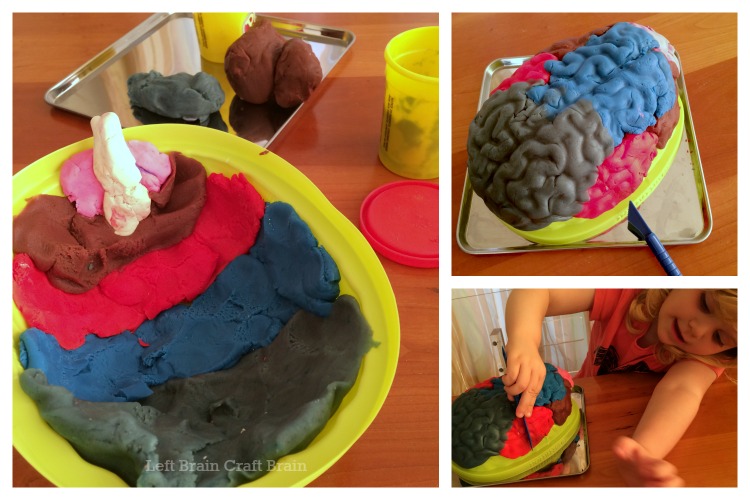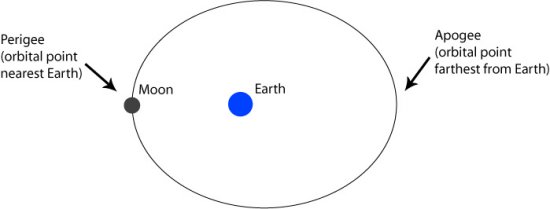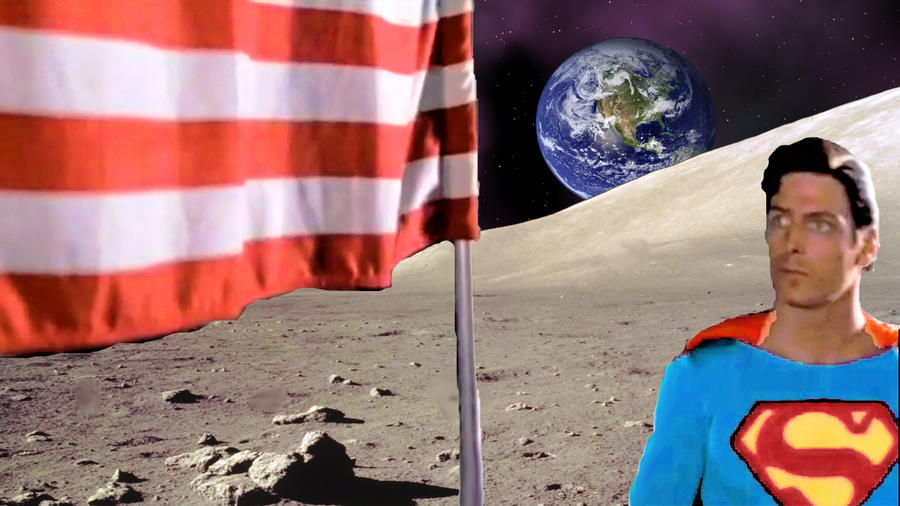Want to do more than just trick or treat this year? How about making some gooey, weird, possibly tasty experiments that will give you some goodies to show off during Halloween weekend?
If you're interested, look no further! We scoured the world for some of the best creepy crawlies, smushy witches (that's right), and a few more activities that you and your family can do to have fun this weekend while still learning the science behind them.
1. Glow in the Dark Drinks & Ice:
If your family is hosting a Halloween party, did they buy a blacklight? Do you just have a blacklight at home because you're cool like that? Well get ready to be cooler--with glow in the dark drinks.
 |
| If you use it for the punch bowl, you can even add other accessories to the bowl for extra creepiness! |
Tonic water can glow in the dark, giving the drinks you serve an eerie look. You can mix tonic water in several different drinks, whether they're adults-only or not. Click here for some tasty recipes!
Also keep in mind, you don't have to use it in the drink itself, but can also make some ghostly ice cubes (try mixing in small googly eyes to give it an extra ghoulish look).
2. One Melted Witch Coming Up!
This is quite literally what it sounds like. Generally, what you do is get a large (gallon size at least) Ziploc bag, some fake eyes or googly eyes, something slimey/gooey in a large enough quantity to fill the ziploc bag, a small witch hat, black string, and whatever creepy things you think a witch would be made of, and stick all of the above inside the Ziploc bag. You can also double bag it, if you don't want mom to have a heart attack.

If you want to spice it up a little more, you can use cooked pasta with green food coloring and throw that in as well--this allows for some great sensory exploration as well, adding to the squishiness and sliminess of the contents in the bag.

If you want to spice it up a little more, you can use cooked pasta with green food coloring and throw that in as well--this allows for some great sensory exploration as well, adding to the squishiness and sliminess of the contents in the bag.
As for "something slimey/gooey," there are two ways you can approach this--you can use clear hair gel and get some green food coloring to make the hair gel have a green consistency for our melted witch, or you can make the slime yourself.
This being a hub for young explorers and future mad scientists, we know many of you will likely want to make it yourself. So we've recruited Science Bob to give you the full instructions here!
3. Creepy Howls
This one is simple, but fun because you may actually give someone a small fright! Purchase a nut from the closest hardware store and place it inside a regular balloon, then inflate it and tie it off at the neck. Hold the balloon by the knot and begin to swirl it around. As the nut whirls inside, it will begin making an eerie sound perfect for Halloween chills. You can up the freaky factor by getting a white cloth with two black circles drawn in for eyes and a bigger one for a ghostly mouth, cut a small hole at the center of the cloth and then poke the balloon's knot through it. Now they're ghostly moans!4. Brains!!
While we can't get into super detail on this one due to the sheer number of possibilities that come with it, we couldn't resist sharing the find. There are molds for jello shaped like a brain!! While it may be too late to find one in time for Halloween, this mom shows that there are countless times and ways in which you can use this to play and learn. Our favorite is the play-doh brain, because you can easily use different colored play-doh to represent the different parts of the brain and make it a true learning activity. The full list is here!
5. Hands, Ice, and Creepies
Did you know salt can melt ice faster than it would melt on its own? We found a great way for you to find out, using the items below and some Halloween spirit.You'll need some surgical gloves, Halloween trinkets small enough to fit inside the gloves' fingers and palm area, water, food coloring, salt (lots) and freezer space. Start filling in the finger space first, then place some slightly bigger items in the palm space. Fill the glove with water and mix in some food coloring. Tie off the base of the hand as securely as possible, then shake it up a bit (preferably above a sink) to get the color well distributed. You can mix different colors in and this way, discover the color they blend into as well. Once it's settled, put the glove in your freezer for the day.

The next day, mix some food coloring with the salt. You can fill a bowl with it and throw in some creepies in there too, then with any tool with a scoop or outlet, begin glazing the gloves in salt and watch it work. You can make this a bit more fun by trying to dig out the different items you put inside the glove as the salt makes its way through the ice! See here for an example.
6. Spooky Eruptions

Because what's a science experiment without baking soda eruptions, am I right?
First, find a bin about the length of a keyboard, if not a bit longer, with a good width to it. Fill a layer of inch with baking soda mixed with black tempera powder paint . You can toss in other food or slimy elements in as well (here they used black beans). Using Halloween cups or neon shot glasses, fill them with baking soda mixed with food coloring or Kool-Aid for good "fun" measure, Then, with a squeeze bottle filled with lemon juice, you can begin making some neat eruptions inside the bin!
7. The Thing!
Now for my personal favorite, the play-doh that wasn't. Or, rather, how to make play-doh that will only be solid while you're fiddling with it...and will have a mid-life crisis and "melt" in your hands if you stop.You can find more detailed instructions here, but basically, you get to mix sand and corn starch with washable paint or food coloring, a bit of water, and then let it solidify. You can play with it, mold it, etc, but if you're still for too long, (you were warned) you'll be looking at a puddle of goo.
If I were you, I'd put this muck inside of a pumpkin or , and have people stick their hands in it as part of a Monster Table--you know, the ones where you put things that have a funky feel to them in bowls and containers then have your guests blindfolded as they try to guess what's in the bowl!


Anyway, we hope that you and your families enjoy a super fun weekend filled with lots of candies, lots of exploring and hopefully, some in-season experiments!
P.S. For mom and dad, we also got you a way to help get rid of the excess/old candy while steering clear of your child's tears: look here for some fun experiments using candy!
Paola is a Boston-based science journalist with a background in social and life sciences.
Paola is a Boston-based science journalist with a background in social and life sciences.

















